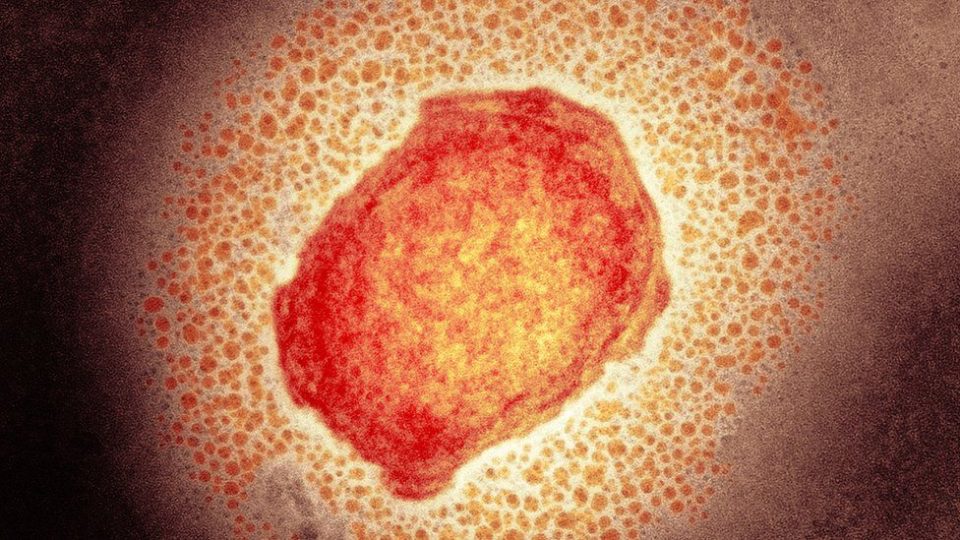
GENEVA, June 15 (NNN-AGENCIES) — The World Health Organization says it is working with experts to come up with a new name for monkeypox.
It comes after more than 30 scientists wrote last week about the “urgent need for a non-discriminatory and non-stigmatising” name for the virus and the disease it causes.
Continued reference to the virus as African is both inaccurate and discriminatory, they said.
Some 1,600 cases of the disease have been recorded globally in recent weeks.
While 72 deaths have been reported in countries where monkeypox was already endemic, none have been seen in the newly affected 32 countries, such as the UK.
At the latest count, as of June 12, there were 452 confirmed cases in England, 12 in Scotland, 2 in Northern Ireland and 4 in Wales.
The World Health Organization says it will hold an emergency meeting next week to determine whether to classify the outbreak as a public health emergency of international concern – the highest alarm the UN agency can sound.
The only other diseases this has happened for in the past are Swine flu, polio, Ebola, Zika and Covid.
World Health Organization chief Tedros Adhanom Ghebreyesus said: “The outbreak of monkeypox is unusual and concerning.
“For that reason I have decided to convene the Emergency Committee under the international health regulations next week, to assess whether this outbreak represents a public health emergency of international concern.”
Monkeypox is caused by the monkeypox virus, a member of the same family of viruses as smallpox, although it is much less severe.
Infections are usually mild and the risk to the general population is low, but the UK government has bought stocks of smallpox vaccine to guard against it.
The virus has been spreading in an unusual manner around the world in recent months. Previous outbreaks have been mainly confined to parts of Africa where rodents – not monkeys – are thought to be the main animal host.
The infection causes a rash that looks a bit like chickenpox. The virus can be spread when someone is in close contact with an infected person.
It has not previously been described as a sexually transmitted infection, but it can be passed on by close contact.
Anyone with the virus should abstain from sex while they have symptoms. — NNN-AGENCIES






